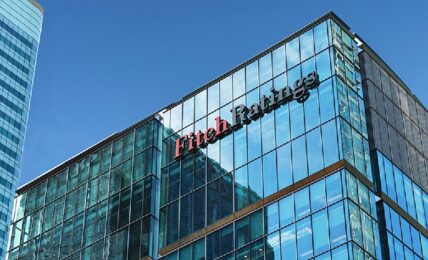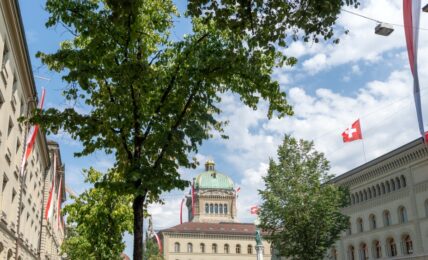Microsoft announced a new policy for some of its key suppliers to use 100% carbon-free electricity, as part of a series of actions being put in place by the company to get back on track towards its goal to reduce emissions across the value chain.
The new policy was reported with the release of Microsoft’s 2024 Environmental Sustainability Report, assessing the company’s progress on its key sustainability goals. Microsoft launched a series of goals in 2020, including commitments to become carbon negative, water positive and zero waste by 2030, as well as to protect more land than it uses by that date.
According to the report, while Microsoft is on track towards its goals in several areas, including reductions in operational emissions, accelerating carbon removal, minimizing waste, improving biodiversity and protecting more land than it uses, it is not yet on track on reducing Scope 3, or indirect, emissions or on its goal to reduce water use and to replenish more water than it consumes in datacenter operations.
Among the most challenging areas highlighted in the report are the company’s efforts to reduce value chain emissions. While Microsoft has set a goal to reduce Scope 3 emissions by more than half by 2030 compared to 2020, the company reported that Scope 3 emissions in 2023 were actually more than 30% higher than in 2020. In the foreword to the report, Microsoft President Brad Smith and Chief Sustainability Officer Melanie Nakagawa said that the increase has been driven by the construction of datacenters, including embodied carbon in building materials as well as hardware components.
Scope 3 emissions represent the vast majority – more than 96% – of Microsoft’s total emissions footprint, with the growth in Scope 3 driving a 29% increase in total emissions since 2020, despite a decline in the company’s direct Scope 1 and 2 emissions.
Smith and Nakagawa said:
“Our challenges are in part unique to our position as a leading cloud supplier that is expanding its datacenters. But, even more, we reflect the challenges the world must overcome to develop and use greener concrete, steel, fuels, and chips. These are the biggest drivers of our Scope 3 challenges.”
Microsoft announced that it has launched a company-wide initiative to identify and develop measures to address its Scope 3 emissions challenges, and the company reported that it has developed “more than 80 discrete and significant measures that will help us reduce these emissions,” including the new 100% carbon-free electricity requirement for select high-volume suppliers, as well as initiatives to improve measurement, increase efficiency at datacenters, forge partnerships to accelerate technology breakthroughs in areas including greener steel, concrete, and fuels, using the company’s purchasing power to accelerate market demand for breakthrough technologies, and advocating for climate-focused public policy changes.
Microsoft also detailed strategies that it is pursuing to accelerate its water sustainability efforts, including designing and innovating to reduce the intensity of water use, optimizing datacenters to support AI workloads and to consume zero water for cooling, partnering on water advocacy, and plans to finalize a strategy for water policy this year, and developing replenishment projects in high water stress locations where the company operates datacenters.
Smith and Nakagawa wrote:
“Even amid the challenges, we remain optimistic. We’re encouraged by ongoing progress across our campuses and datacenters, and throughout our value chain. Even more, we’re inspired by the scores of executives and employees across Microsoft who are rolling up their sleeves and identifying new and innovative steps that are helping us to close critical gaps. We all recognize the same thing: There is no issue today that connects everyone on the planet more than the issues around climate change. We all need to succeed.”



